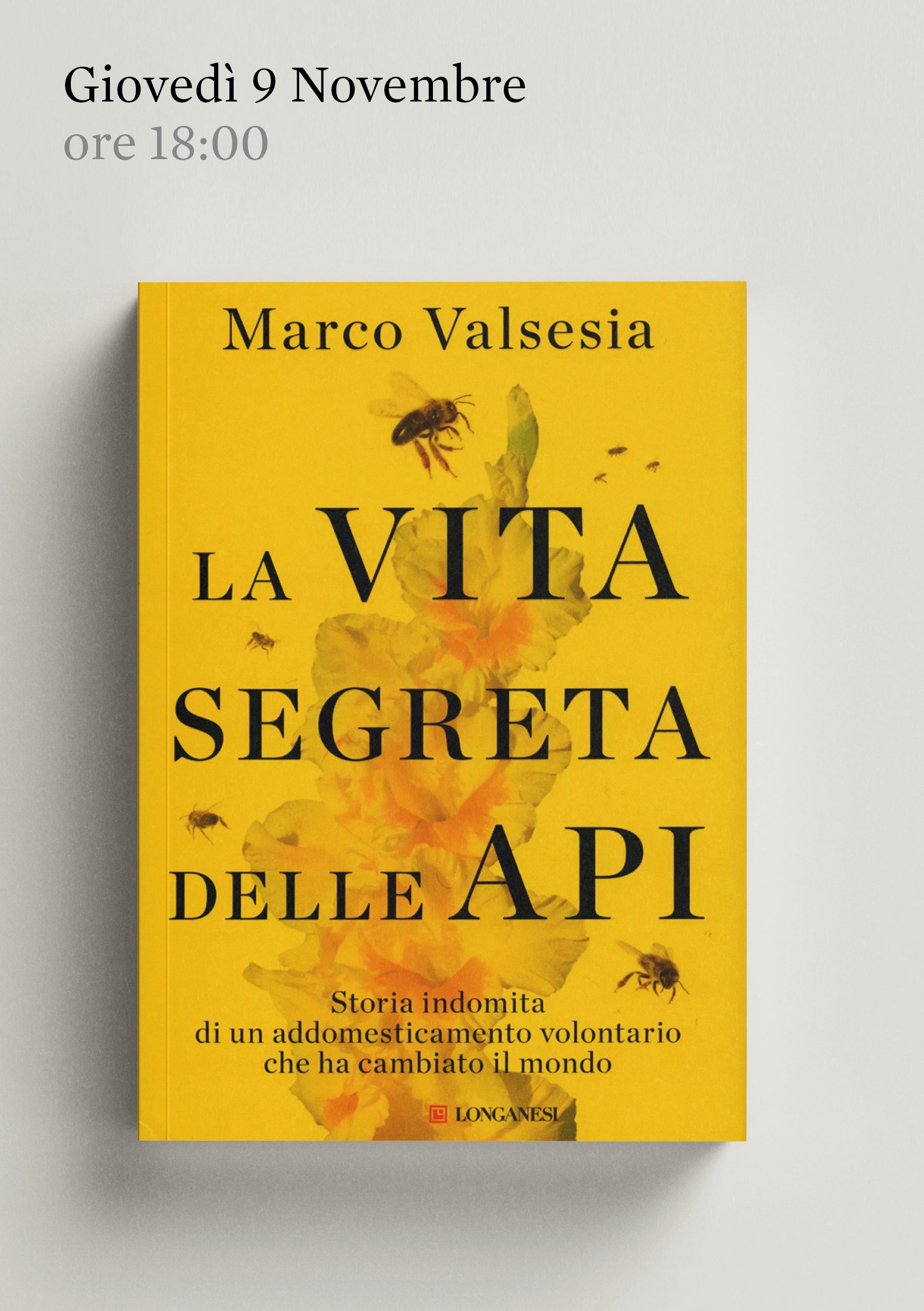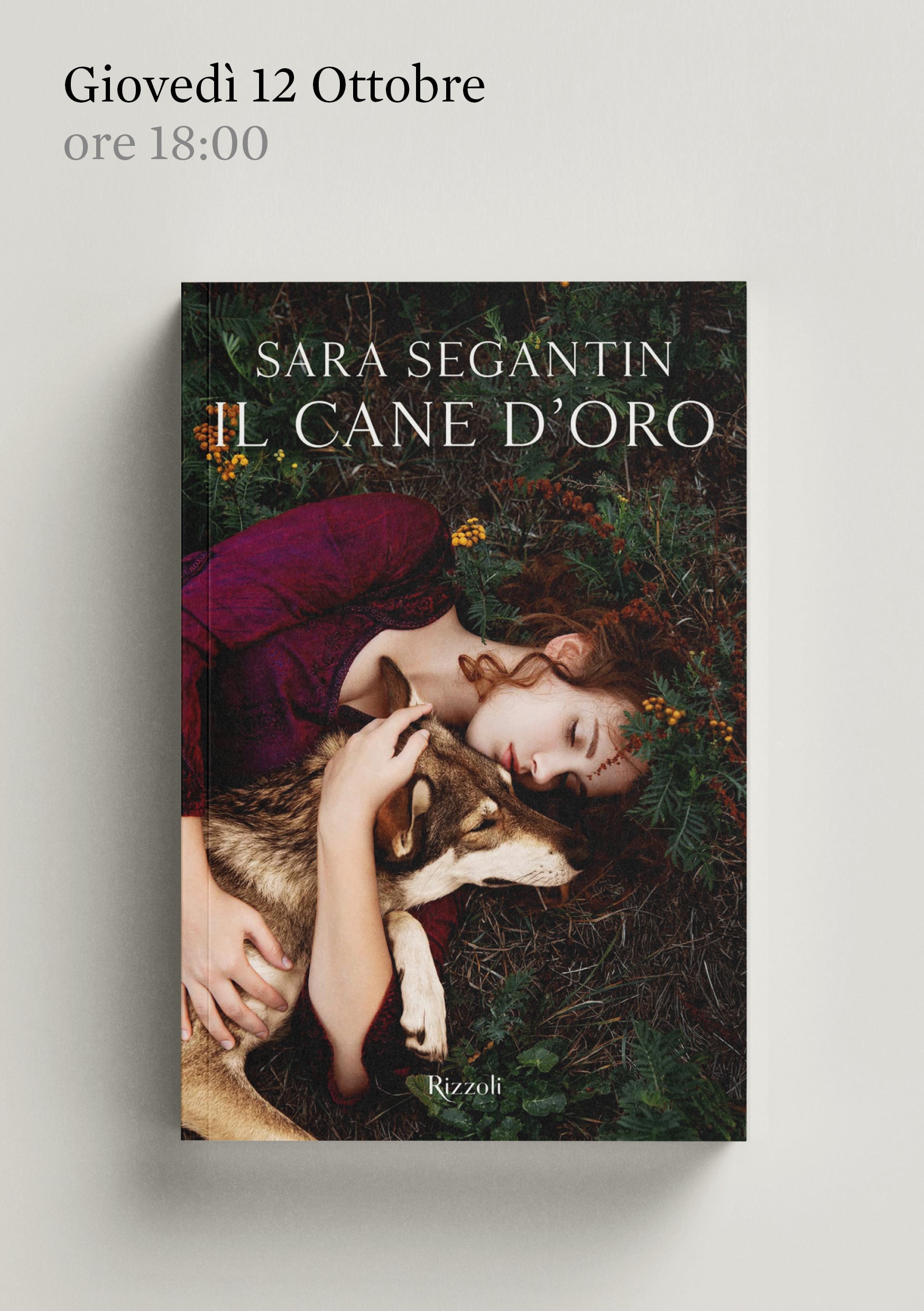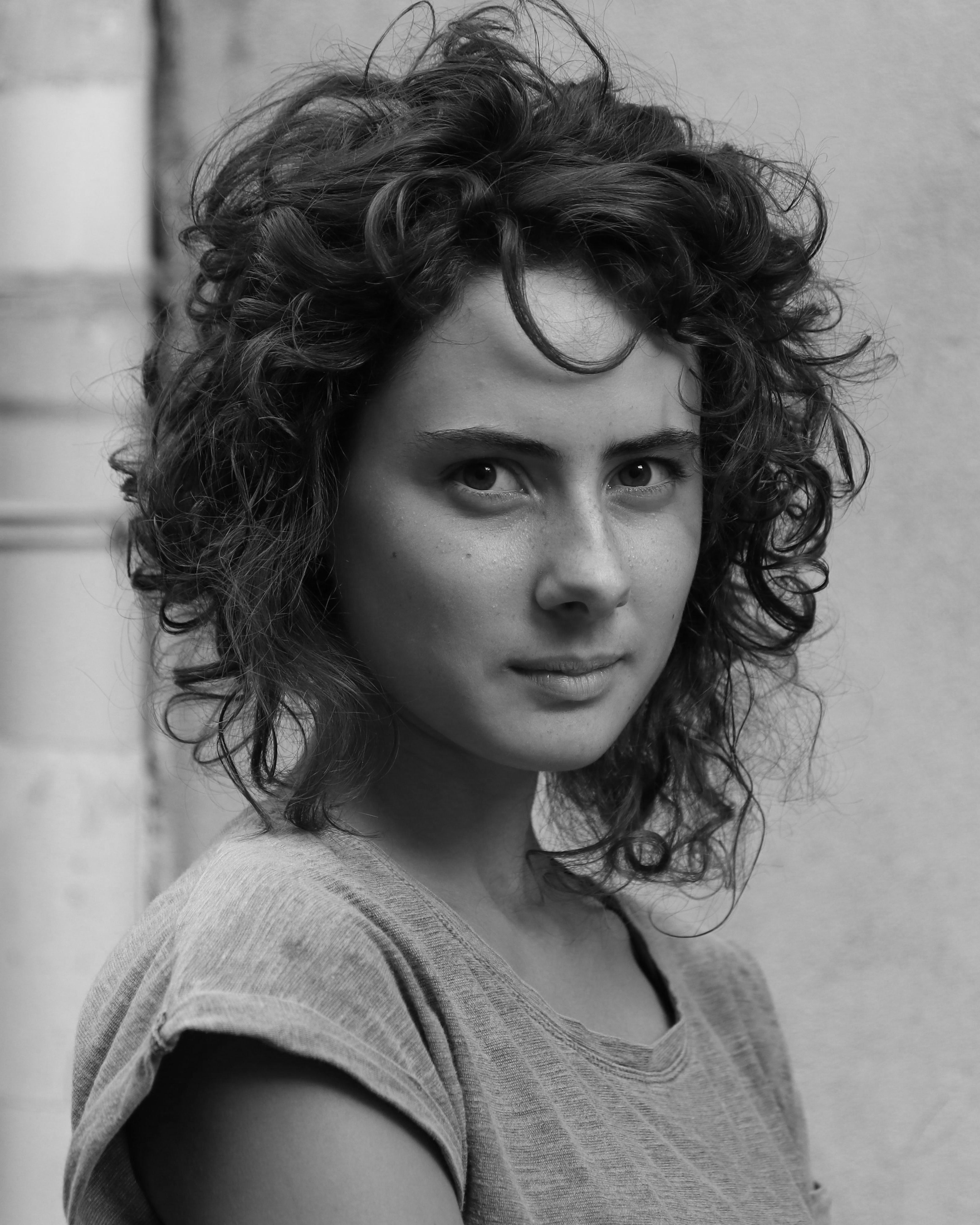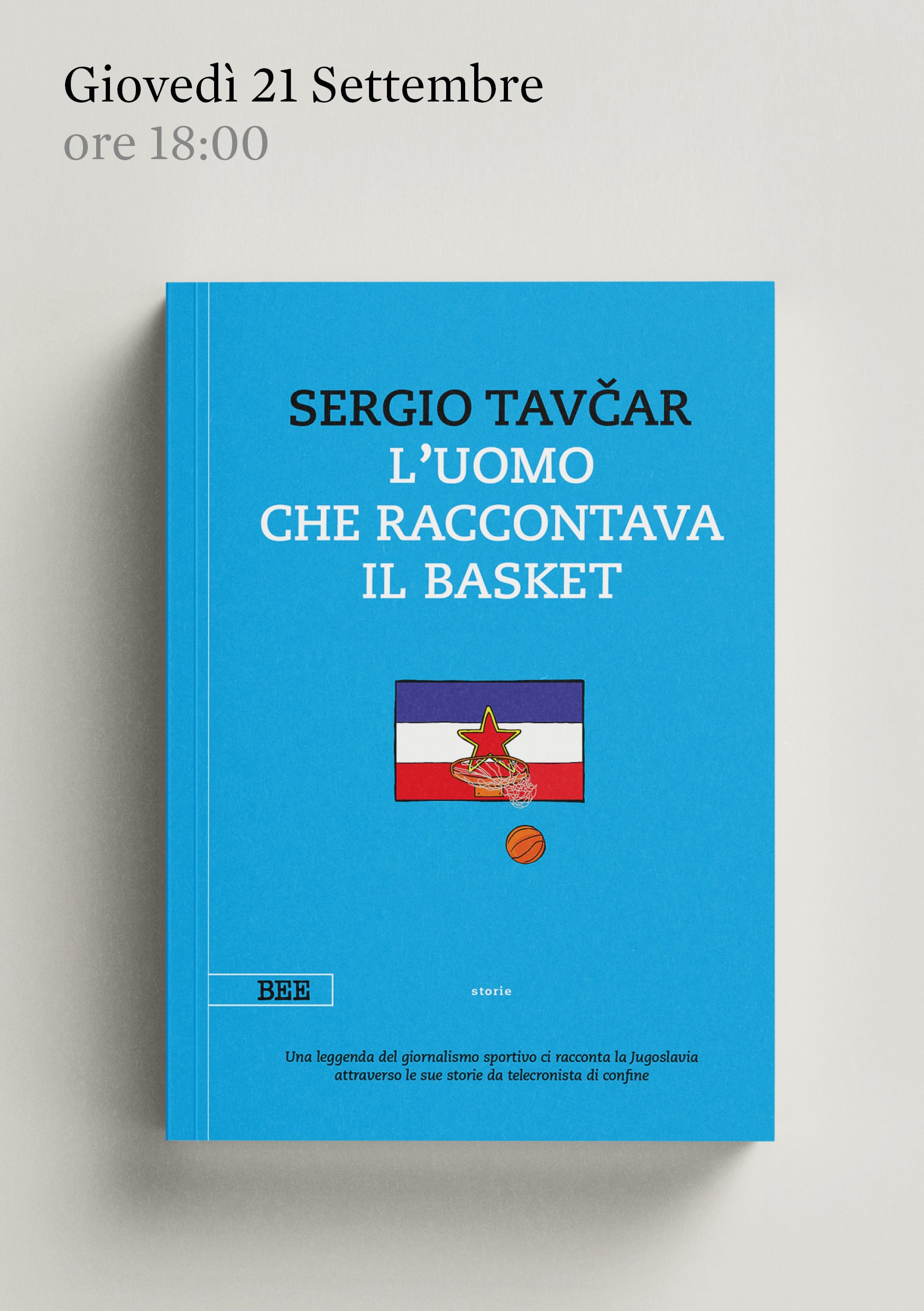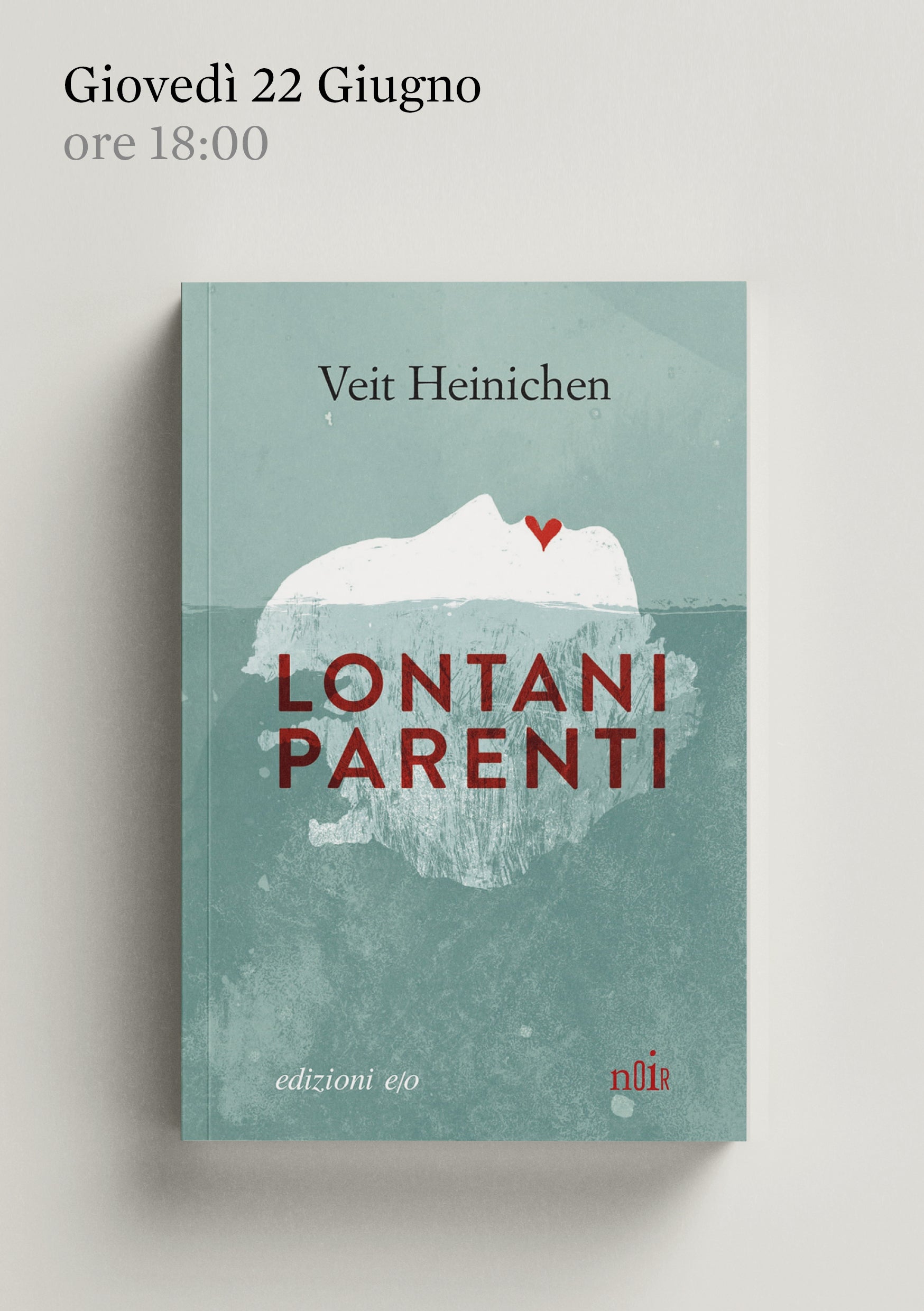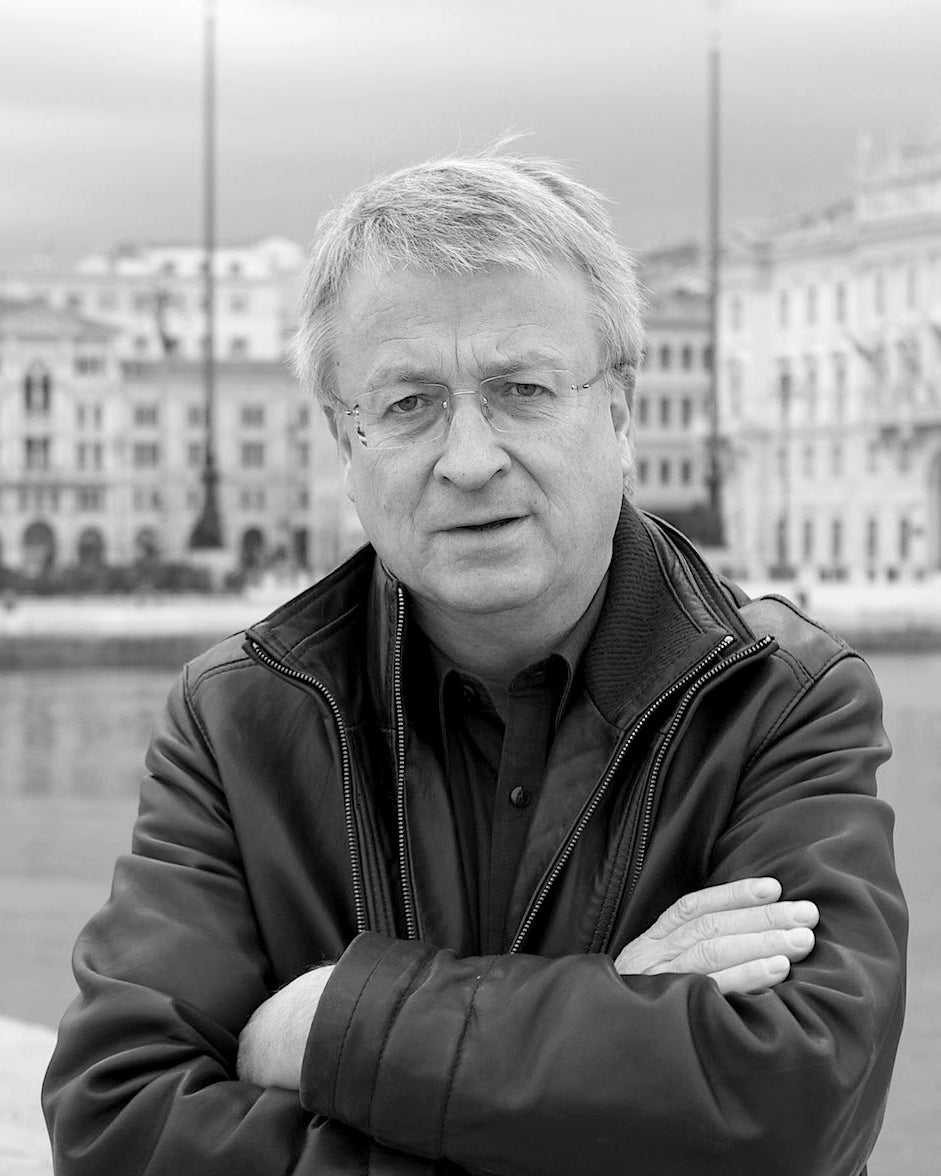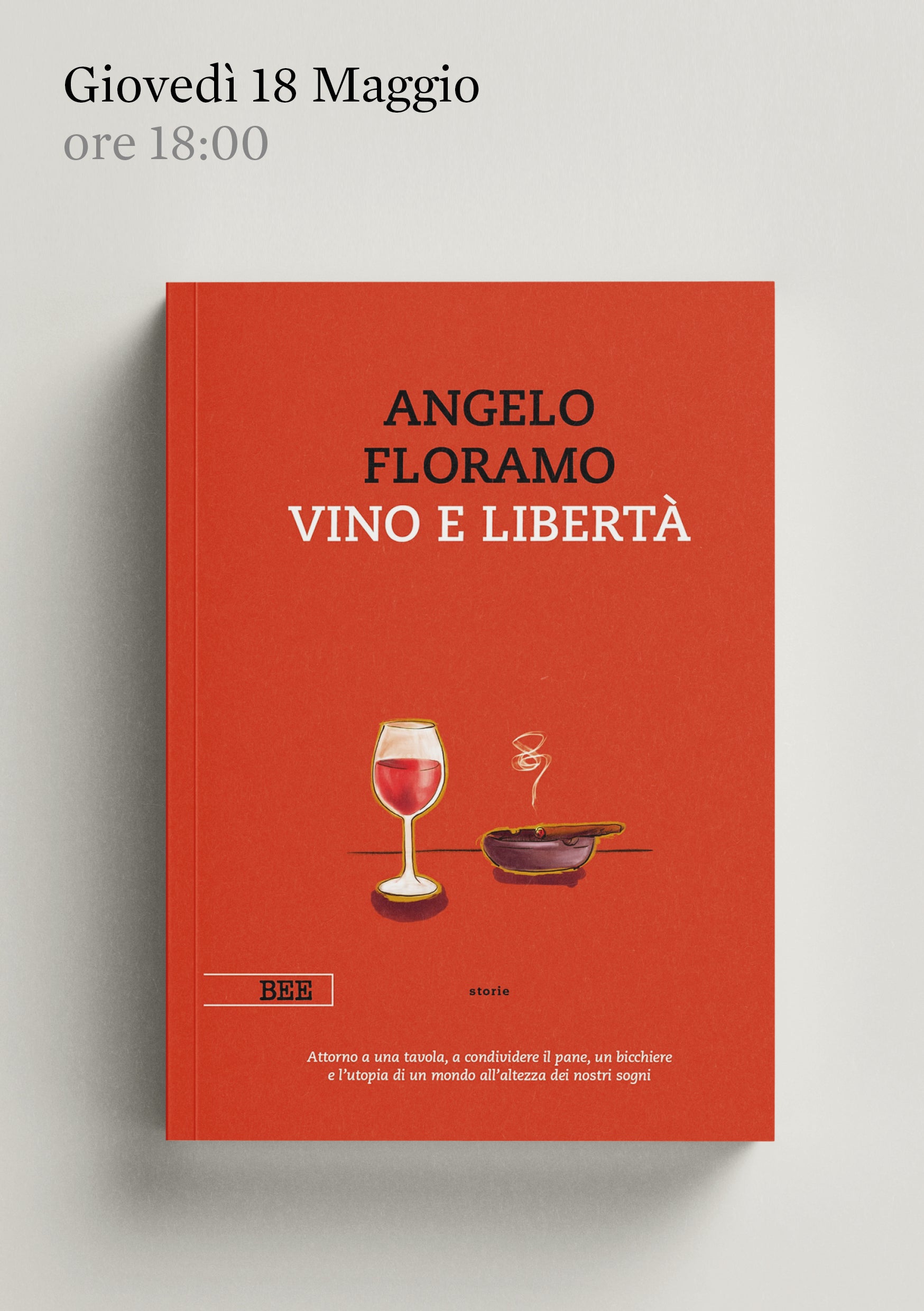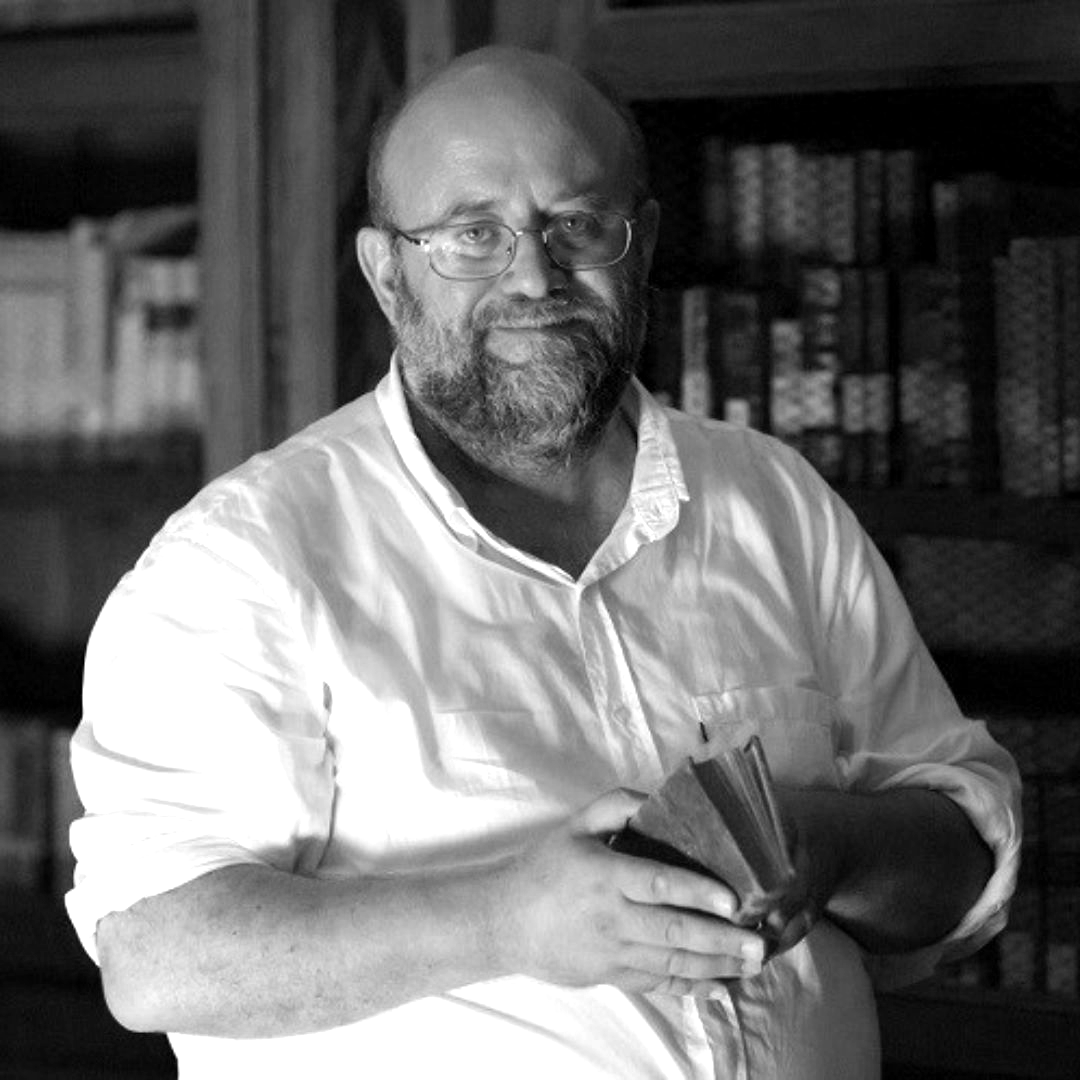
Di libro in vigna
Rassegna eno culturale
sul Ronco di Gramogliano
Maggio – Novembre 2023
In collaborazione con la libreria Lovat.
Richiedi informazioniIN VINO KULTUR
Le parole cultura e coltura hanno la stessa etimologia: derivano dal latino colere, coltivare.
Non è certo un caso.
Accudiamo le nostre vigne, coltiviamo la terra rispettandola, coscienti del fatto che ognuno deve fare qualcosa per tutelare gli ecosistemi e la loro sempre più precaria conservazione. Con la stessa dedizione coltiviamo le idee poiché pensiamo che la cultura è il mezzo con cui il vino arricchisce le relazioni, i dialoghi, gli scambi e genera gioia in chi lo incontra e lo condivide.
Per questo, per noi, è un piacere ospitare artisti e musicisti, autori e offrire lo spazio a eventi culturali.
In vino Kultur.
Vi aspettiamo sulla nostra terrazza dove lo sguardo raggiunge i vigneti, i borghi dei Colli Orientali del Friuli, le Prealpi Giulie, con il Judrio che sbircia dal fondovalle. Al termine di ogni incontro, sarà per noi un piacere offrirvi un aperitivo per farvi incontrare i nostri vini.
IN COLLABORAZIONE CON LOVAT
Lovat non è semplicemente una libreria. È un progetto che ha lo scopo di restituire alla scrittura il senso dell'incontro, del confronto e dello scambio di idee. Le parole sui libri sono uno stimolo per il pensiero e Lovat vuole essere un luogo dove i pensieri e le idee si incontrano per crescere.

